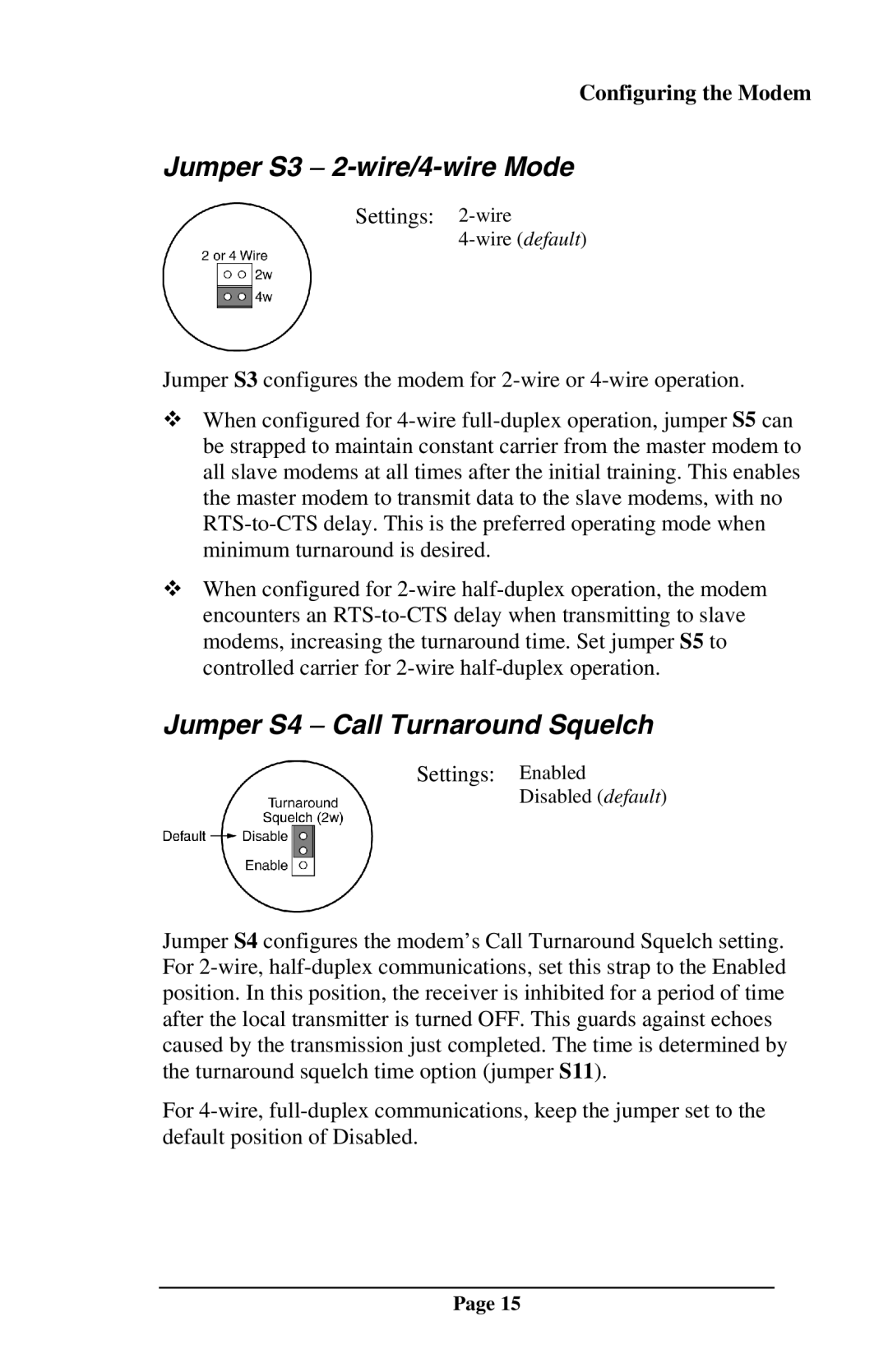MOT202TSA, MOT202TRM specifications
Telenetics, a leading provider of telemetry and communication solutions, has introduced the MOT202TRM and MOT202TSA models, enhancing the landscape of data acquisition and remote monitoring. These devices are engineered to cater to the needs of various industries, including transportation, utility monitoring, and environmental management. Their robust design and advanced features make them indispensable tools for organizations seeking real-time data analysis and remote control capabilities.The MOT202TRM model is primarily focused on telemetry applications, equipped with an integrated modem that supports multiple communication protocols. This versatility allows the device to operate seamlessly in diverse environments. With a wide range of supported interfaces, including serial and digital inputs, the MOT202TRM can connect effortlessly to various sensors and equipment, ensuring uninterrupted data flow. Its advanced processing capabilities guarantee quick data acquisition and transmission, making it ideal for applications that demand immediate insights and decision-making.
On the other hand, the MOT202TSA model is tailored for advanced sensor monitoring and control. Its sophisticated architecture supports not only telemetry but also extensive data logging capabilities. The device features enhanced security protocols, protecting sensitive data during transmission. The MOT202TSA supports over-the-air firmware updates, which simplifies maintenance and ensures that users benefit from the latest technological advancements without the need for physical intervention.
Both models capitalize on Telenetics' commitment to durability and reliability. They are designed to withstand harsh environmental conditions, featuring rugged enclosures that protect against dust, moisture, and extreme temperatures. This resilience makes them suitable for outdoor applications, providing peace of mind to users who require dependable performance regardless of the setting.
Another significant characteristic of the Telenetics MOT202TRM and MOT202TSA devices is their energy efficiency. Designed with low power consumption in mind, these models can operate sustainably for extended periods, making them ideal for battery-powered applications.
In conclusion, the Telenetics MOT202TRM and MOT202TSA models stand out with their advanced features, robust technology, and versatility, providing comprehensive solutions for telemetry and remote sensor monitoring. Their emphasis on durability and energy efficiency further enhances their appeal in a market that demands reliability and sustainability.

